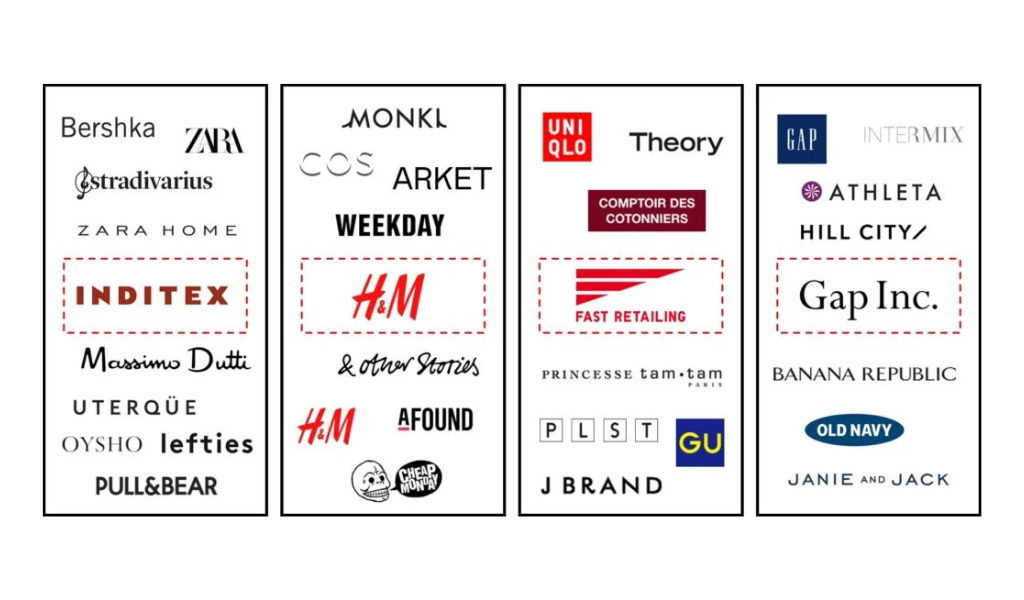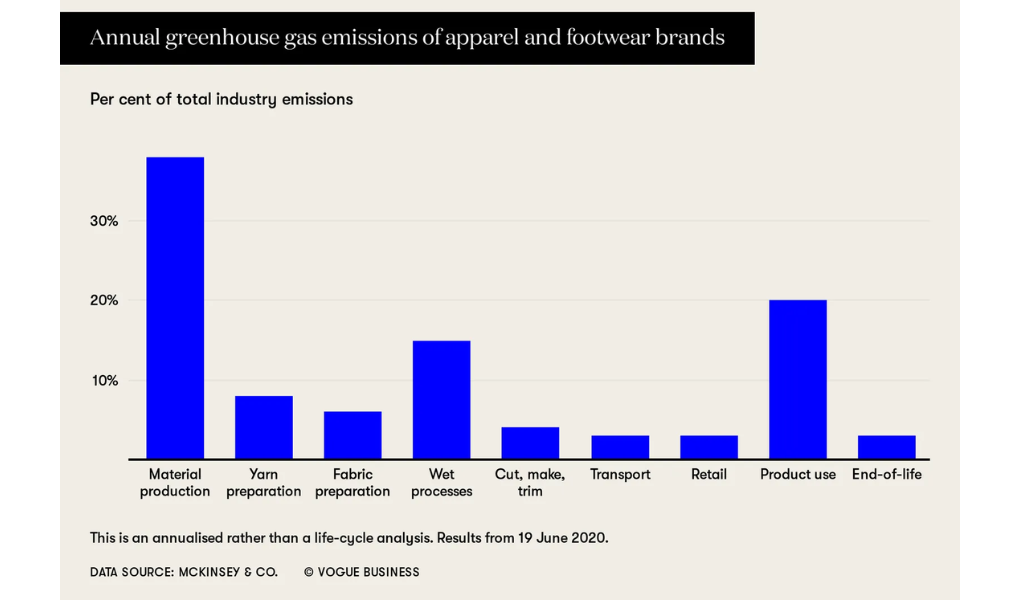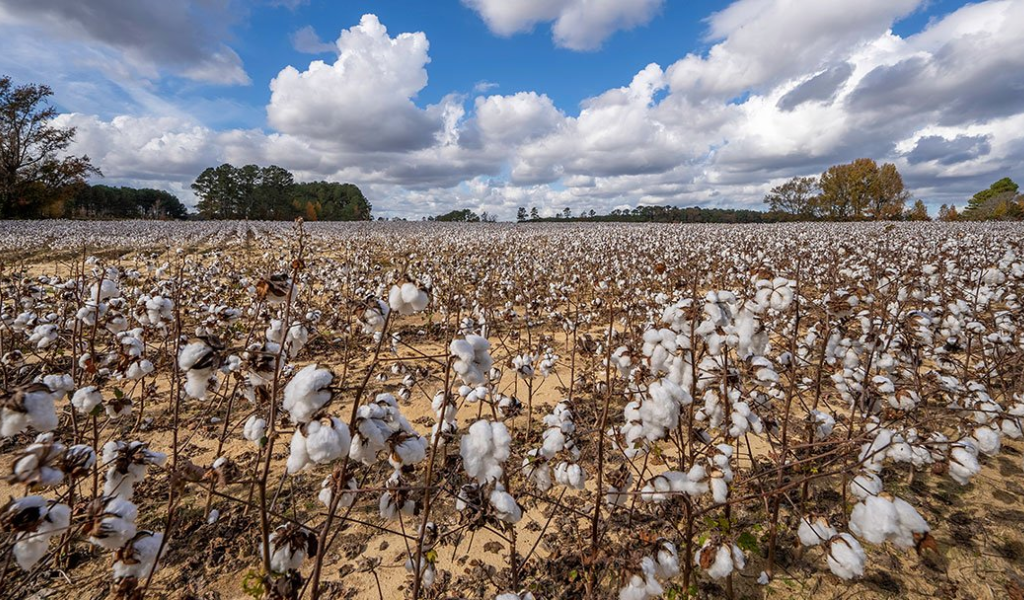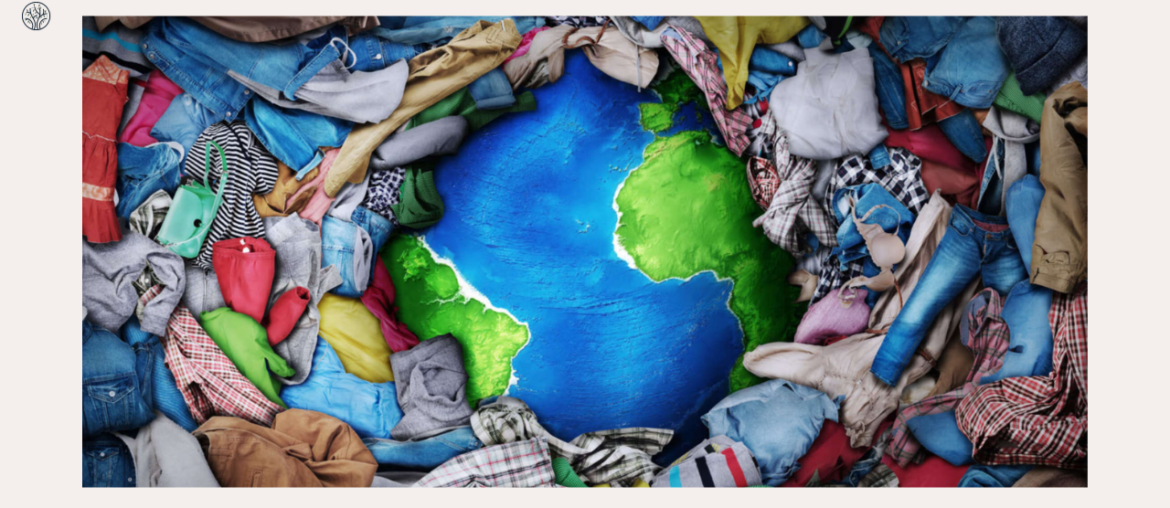Fast fashion offer countless affordable styles and designs that change every few weeks or even days. Then, why is fast fashion bad?
The truth is fast fashion has a dark side that many people are unaware of. It is harmful to the environment, the workers, and the consumers themselves. In this article, we will discuss what fast fashion is, why it is terrible, and what you can do to avoid it.
What Is Fast Fashion?
Fast fashion is a term that represents the business model of producing and selling cheap and fashionable clothing at a rapid pace. This fashion trend emerged in the late 20th century due to globalization, technological innovation, and consumer demand.

Most fast fashion brands use mass production, low-quality materials, and outsourced labor to produce large quantities of clothing. They mimic the latest trends on runways, celebrities, or social media.
Also, fast fashion brands use aggressive marketing strategies to create a sense of urgency and scarcity among consumers, making them buy more and more clothes.
The Positive Side Of Fast Fashion
We for sure should not overlook the benefits of fast fashion. When comparing fast fashion with sustainable fashion, these are some positive aspects this industry can offer:
- Affordability: As this trend rises, consumers can access fashionable clothing at low prices, which appeals to those with limited budgets or who want to save money.
- Variety: Fast fashion provides consumers with various styles and designs. As a result, people who want to express their individuality or experiment with different looks will become fans of these fast fashion companies.
- Availability: Mass production offers consumers quick and convenient access to trendy clothing through online shopping and physical retail stores.
Why Is Fast Fashion Bad For The Environment?
Despite those undeniable advantages, fast fashion still brings many adverse effects to solve. The biggest and most obvious impact is its environmental impact in every aspect:
Water Wastage And Pollution
Fast fashion is notorious for its wasteful clothing production methods. It takes up to 10,000 liters of water to produce just one pair of jeans. Given that over 6 billion pairs of jeans are produced yearly, water wastage is staggering.

The resulting wastewater, often untreated, contains toxic substances such as lead, mercury, and arsenic. These are posing severe risks to aquatic and human life.
In places like Bangladesh, 22,000 tons of toxic waste from tanneries end up in waterways every year. This amount impacts not only wildlife but also residents’ health and drinking water.
Microfibers Pollution
Despite their small size, microfibers and microplastics are significant environmental concerns. Microfibers shed from clothing made of polyester and nylon, common in fast fashion, are released into the water system during each laundry cycle.
They finally find their way into the oceans, becoming part of the food chain. Reports indicate that around 8 million tons of plastic trash from coastal countries end up in the oceans. Also, synthetic fabrics like polyester and nylon can shed up to 700,000 microfibers per wash.
These fast fashion pollution statistics reveal a severe threat to marine life, as they are ingested, causing physical harm and introducing toxins into the food chain. Research even suggests that an average person may ingest up to 5 grams of microplastics weekly.
Furthermore, the fashion supply chains heavily rely on synthetic fibers like polyester and nylon, constituting 63% of clothing items. These synthetic fabrics are essentially plastics derived from fossil fuels. They are major polluters of our ecosystems both during production and in their end-of-life phase.
Greenhouse Gases
Is fast fashion sustainable? The answer is no. On the contrary, this trend is the main contributor to greenhouse gas emissions. It’s responsible for about 4-8% of all the pollution that makes our Earth’s climate change and become more extreme.

If the current rate of demand for fast fashion persists, the carbon emissions from the clothing industry could reach 26% by 2050, up from the current 10%. It places a huge burden on our environment, as the production, manufacturing, and transportation of millions of garments annually require substantial energy.
Cotton cultivation alone produces 220 million tons of CO2. Most developing countries producing fast fashion rely heavily on coal for their energy needs, further worsening emissions.
Deforestation and Land Damage
The fast fashion industry also leads to deforestation and land damage, impacting ecosystems and soil health. They need many natural resources, leading to overgrazing pastures and clearing land for agriculture.
Some of the adverse effects of these practices are soil erosion, land degradation, loss of valuable plant species, and food shortages.

Textile production, especially for conventional cotton, involves chemicals that damage soil quality, kill beneficial insects, and render land unusable for years.
Further, fabrics like rayon and viscose from wood pulp also lead to cutting down too many rainforest trees. It harms the environment and the people who live there, especially the indigenous communities that depend on these forests.
Toxins
The textile industry uses many synthetic chemicals, accounting for around 25% of global chemical output. During production and manufacturing, these chemicals cause significant environmental and human health risks.
Toxic chemicals like phthalates, flame retardants, and pesticides, after going into the environment, will affect soil quality, pollute water sources, and cause harm to both wildlife and human populations.
Other Negative Impacts Of Fast Fashion

Beyond harming the environment, fast fashion also has serious adverse effects on people, especially those working in the garment industry.
- Exploitative labor practices: Fast fashion is built on exploiting workers, with a significant majority being women. These workers, often in the global south, endure unhealthy working conditions, long hours, low wages, and even sexual harassment. A prime example of this is the 2013 Rana Plaza tragedy.
- Unfair wages and wage theft: Despite the high profits, the workers receive only a tiny fraction of the item’s retail price. In some cases, workers might earn as little as $0.12 to $0.80 for making a $20 t-shirt. This severe wage disparity leaves workers struggling to cover their basic needs and living in poverty.
- Mental health impact: The focus on quickly buying too many clothes in the fast fashion world and feeling pressured to always follow the latest trends may worsen our mental health.
- Cultural appropriation: Many fast fashion brands copy designs from cultures without giving credit or respecting cultural values. It also erases the cultural heritage and identity associated with these designs.
Solution For Fast Fashion
We now have the answer for “Why is fast fashion bad?”, but how can we address these problems?
The solution for fast fashion lies in a combination of conscious consumer choices and industry-wide shifts towards more sustainable practices. That means “buy less, choose well, make it last.”
First, buying less means getting fewer new clothes. Instead, you can rediscover the pieces we already have by mixing and matching them differently. Another approach is to trade clothes with friends to get new items.
Besides, we recommend you build a small capsule wardrobe to mix and match more easily. And renting outfits instead of buying something new just for one day is a good idea for special occasions.
Choosing well means picking clothes that are made in a more eco-friendly way. For example, eco-friendly materials and second-hand shopping have been a rising trend recently. Also, let’s support sustainable fashion brands, such as MUD Jeans, Whimsy + Row, Afends, A.BCH, Organic Basics, Kings of Indigo, etc.

Making it last means taking care of our clothes. We should follow the washing instructions, wear our clothes until worn out, and fix them if they get a little torn or damaged. When we can’t use them anymore, recycle them responsibly so they don’t end up in the trash.
Learning more about the problems with fast fashion is also vital. There are books, documentaries, podcasts, and guides that help us understand why it’s a big problem and how we make a positive change.
By following these ideas and supporting brands that care about the environment, we can all make the fashion industry more sustainable and better for the planet.









